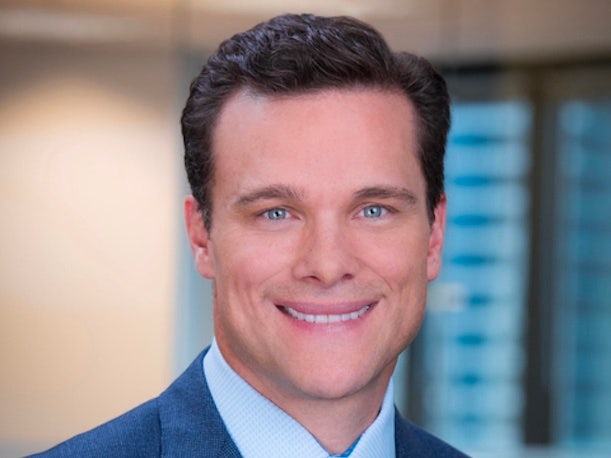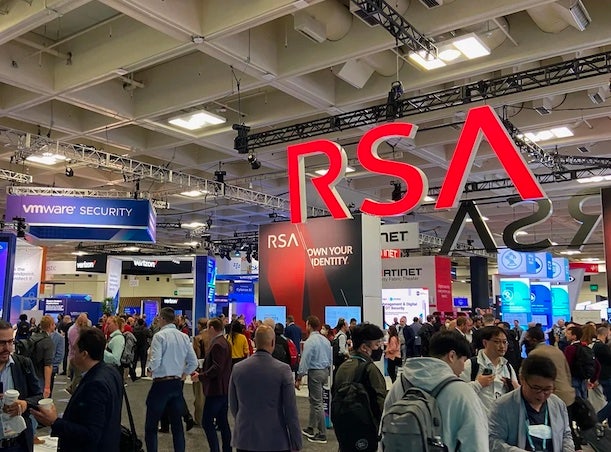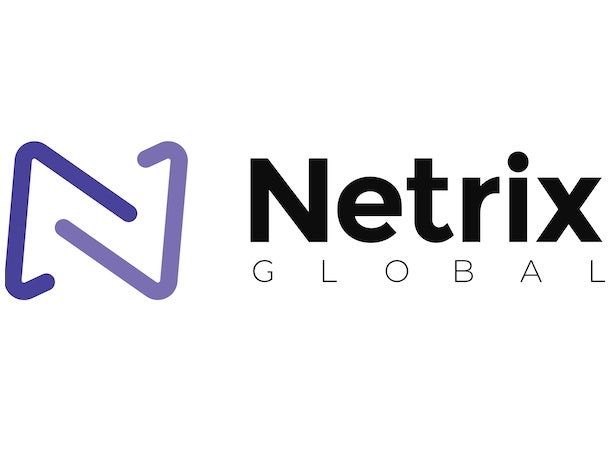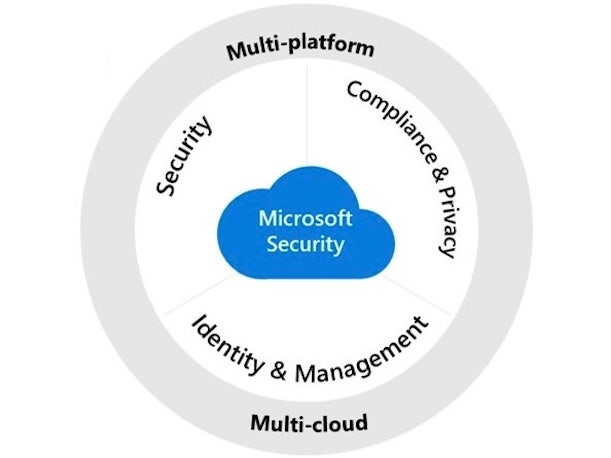Netrix CEO On Tool Sprawl And Microsoft’s ‘Impressive’ Security Growth
CEO Russ Reeder says that Netrix is finding significant traction in helping customers adopt Microsoft security technologies such as the Sentinel cloud-native SIEM.

All-In On Microsoft
When Microsoft debuted its cloud-native SIEM, Sentinel, in 2019, one of its early partners was solution provider powerhouse Netrix Global. Sentinel has aimed to provide SIEM (security information and event management) capabilities for enabling security operations teams to monitor and respond to threats — taking advantage of cloud scale for better analysis of the massive amounts of security data that’s generated today. For Bannockburn, Ill.-based Netrix, No. 196 on CRN’s Solution Provider 500 for 2023, teaming with Microsoft from the early days of Sentinel has paid off handsomely, according to Netrix Global CEO Russ Reeder. When it comes to Microsoft Sentinel, “we’ve seen a huge uptick in clients that raise their hand and say, ‘We’d like to learn more about that,’” Reeder said in an interview with CRN. Often, that interest then opens the door for Netrix to do a fuller review of the client’s IT and security architecture, he said.
[Related: Microsoft Says 15,000 Partners Are Driving Its $20 Billion Security Business]
Microsoft is a great choice as a cybersecurity vendor not solely because of Sentinel, but also because the company offers a wide array of security capabilities at this stage — offering clients the ability to consolidate and reduce the number of vendors they’re working with, Reeder said. That’s something that many customers are calling for, he said, amid growing complexity in security caused by this “tool sprawl” issue. At this point, “Microsoft does 90 percent of what [other security] companies do,” Reeder said.
Microsoft has organized its security portfolio — which it says spans more than 50 product categories overall — into six product lines. In addition to Sentinel, those include Defender — a broad portfolio of threat detection tools spanning endpoint, email, cloud, applications and more — as well as Entra identity management and security; Purview data protection; Priva privacy risk management; and Intune endpoint management. More than 60 percent of Microsoft’s security customers now utilize at least four of the company’s security products, a 33-percent increase from a year ago, Microsoft CEO Satya Nadella said last week during the company’s quarterly earnings call.
Ultimately, “it’s really impressive” to see Microsoft’s emergence as a top security vendor in recent years, Reeder said.
What follows is an edited portion of CRN’s interview with Reeder.

How big of an issue do you see when it comes to the large number of security vendors and the rampant “tool sprawl”?
Every [vendor] has got this new feature and the new tech that they’re pitching. I can’t imagine if you’re a CISO trying to figure out, “How does this work together?” And everyone’s telling you different stories on what they “must” do. But at the end of the day, it’s the people that make all the tech successful. Now, CIOs and CISOs are trying to do more with less. And if you unfortunately have to let go of some of your people, you don’t let go your top performers. And so now your top performers have even more work — what I call the “curse of competency.” And here are the executives trimming down, but they still have all the products that they have to manage across all their different divisions. And everyone is so feature-happy and configuration-happy that their people have to understand what’s the latest configuration to launch in AWS and Sentinel and Azure. And when you turn one on, what does it break on your other technology? Let alone the patch releases. Unfortunately we just had a client that was hacked. We weren’t managing their patches — they said they were doing that. Companies are so vulnerable. And so now [some are saying], “I do want one partner — instead of going with point solutions, how do I reduce my complexity?”
People understand that they need to make all these technologies work together. But most of these technologies aren’t incentivized to work well with others, because they want you to use their full solution set.

How are you helping customers with these issues?
Our competitive advantage is that we can go in there with our C-level advisory services and professional services. We can do the implementation and then we can manage it day in and day out. MSSP and cloud are the two biggest growth areas within Netrix. We have a tremendous amount of growth in the cybersecurity area — not only implementing new security products for our clients, but then also running them and doing the patches. With Microsoft, we do Sentinel workshops — so when clients want to learn more about the Microsoft security solutions, we do the seminars for Microsoft. We’ve seen a huge uptick in clients that raise their hand and say, “We’d like to learn more about that.” And that then turns into a whiteboarding session around looking at their architecture.
So many clients, especially on the Microsoft side, are not even using all their licenses. It’s crazy. A lot of times it’s just sitting down with the clients and having them turn on the products that they’re already paying for. We’re working with Microsoft a lot on that, and then also checking the configurations of the products that they have.

What are the different types of MSSPs you’ve observed in the market?
There’s two ends of the spectrum that I see in the market. You have ones that are very tech-savvy, that like to play with all the different tech. But they forget, at the end of the day, it’s the people in your call center that have to be there 24/7. For the past 15 years, I’ve run cloud companies, and 24/7 support is really hard. The other ones are just more of a managed service provider, but it’s just U.S.-based, it’s not global, it’s not 24/7.

What’s the key to finding a balance there around providing managed security services?
For our customers, [we make it clear] what the people and processes are that they need to get in touch with. We have a process internally we call the “big red button.” We built a team where their whole job is, when there’s a customer issue, they parachute in. Everyone says they’re “white glove” and concierge — but ask them, “So what happens when issues do arise?” We built that into our culture — that when there’s an issue, you stop, and you bring in a team, and you escalate. Our employees know that people are risking their jobs hiring us, and that if we fail them, they may get fired. We take our jobs very seriously. I think a lot of them just say, “Oh yeah, we do security.” But I just don’t think a lot of people really take the responsibility for it.

You’ve been a security partner with Microsoft for a number of years. Have you been surprised by how quickly they’ve become a top player in cybersecurity?
It’s really impressive. They’ve got a lot of great things going on with Sentinel and Defender. I’m just super-impressed with how well Microsoft has done in the security space. Microsoft does 90 percent of what [other security] companies do. You could go through [the vendors] and be like, “Yep that’s this [Microsoft] feature, that’s this [Microsoft] product.” And it kind of goes to the simplification — C-level executives are going to want to simplify.